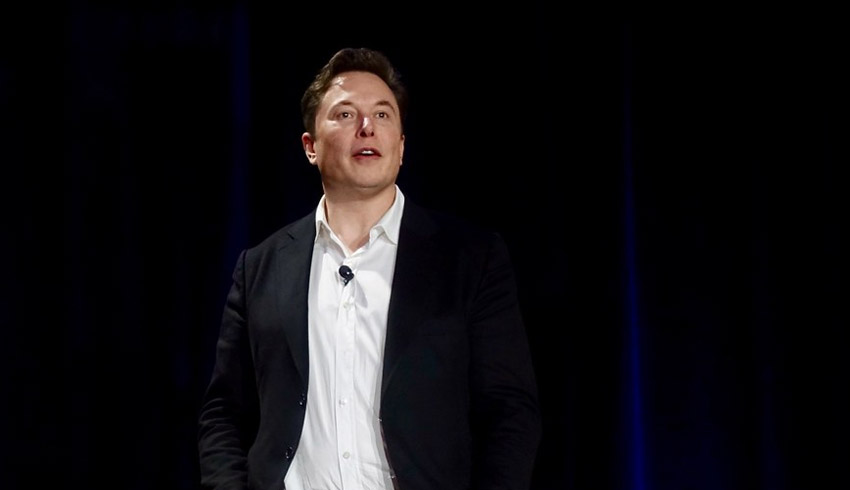The company said it is planning two launches per month next year. Considering the Starlink placed 60 satellites into orbit in a single launch on 23 May, that means 1,440 satellites, on top of those already in orbit and others that may be launched during the rest of this year.
SpaceX president and chief operating officer Gwynne Shotwell told the World Satellite Business Week conference in Paris this week the company was aiming for 24 Starlink launches next year.
There might be additional Starlink missions this year but that depends on other customer missions, which will take priority.
“If some customers move out, I’ll have some Starlink launches, maybe up to four Starlink launches this year, but we won’t push a customer out for that, so we will wait and see what the end of the year looks like and see what we can fit in,” she said.
SpaceX has launched 10 rockets this year, eight Falcon 9s and two Falcon Heavies, and thinks it may be able to do seven to eight more missions this year, including Starlink.
The 60 Starlink satellites launched in one go in May were all aboard a Falcon 9. SpaceX plans to de-orbit five of those satellites, three which malfunctioned and two to test deliberate de-orbiting procedures.
The 60-satellite launch in May sparked outrage from astronomers around the world, concerned that growing constellation of small communications satellites is spoiling their view of the heavens.
Alas there’s not much they can do.
Australian astronomer Professor Alan Duffy, lead scientist of the Royal Institution of Australia, said existing satellites were a problem but astronomers had developed mitigation techniques.
He said a full constellation of Starlink satellites will likely mean the end of Earth-based microwave-radio telescopes able to scan the heavens for faint radio objects.
"The enormous benefits of global internet coverage will outweigh the cost to astronomers, but the loss of the radio sky is a cost to humanity as we lose our collective birthright to see the afterglow of the Big Bang or the glow of forming stars from Earth," he said at the time.
SpaceX chief executive Elon Musk has a vision of 12,000 satellites in the Starlink constellation, and he’s not the only one with big plans for new small satellite constellations to meet booming demands for space internet of things connectivity.
However, he may not need that many. In May he said Starlink would have have consistent partial coverage with 400 satellites and should be economically viable with 1,000 satellites.

